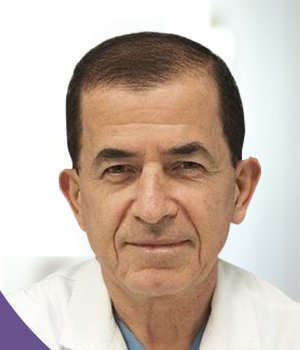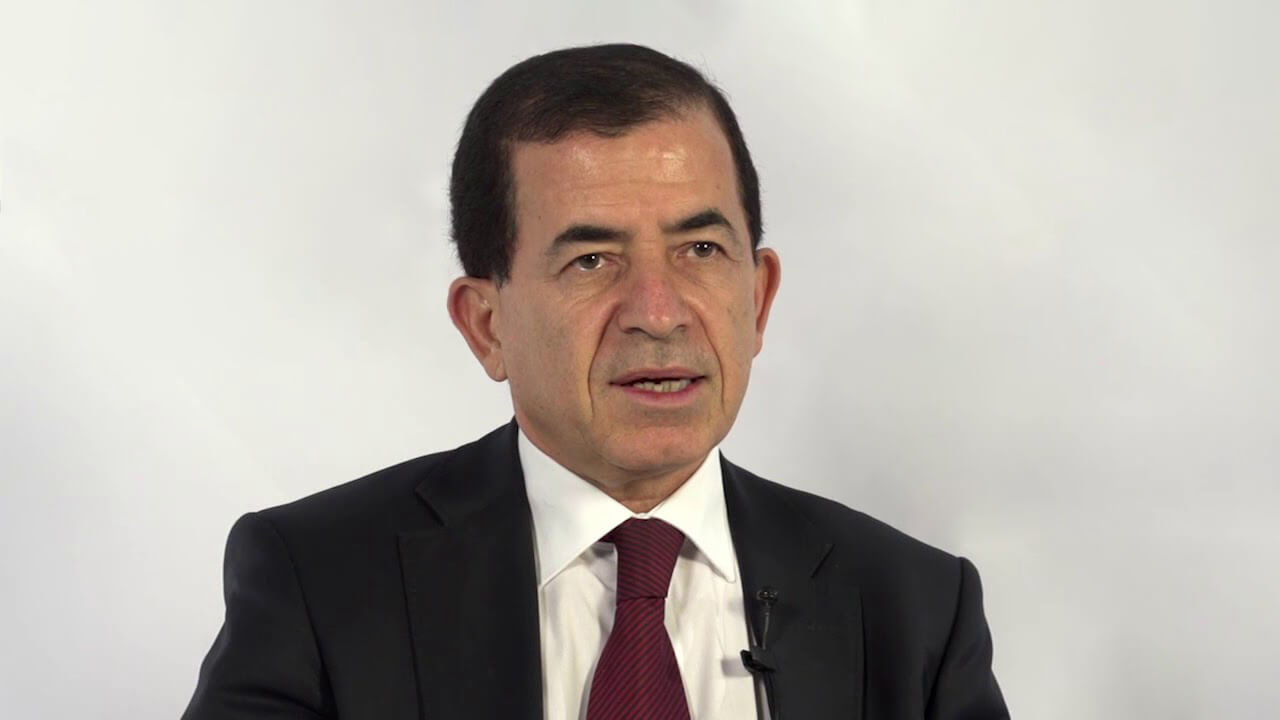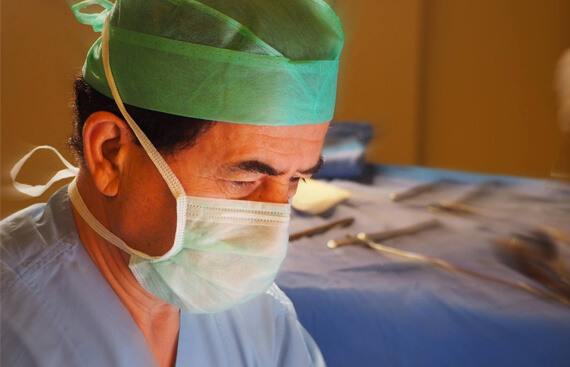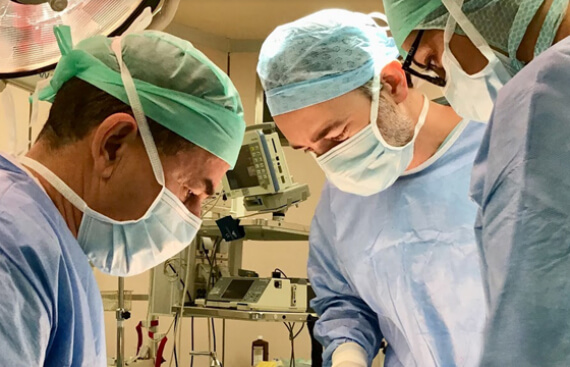MORE ABOUT THE PROCEDURES, you can read here
About ROSI- technique
As already mentioned, azoospermia represents a lack of sperm in the ejaculate, which is among the main causes of infertility in men. Today, there is hope for these men as well, which is called the ROSI technique.
Before we understand how the technique works, let's first mention the phases of sperm reproduction.
The process lasts about 90 days, with the first cell to form being the spermatogonium. It forms spermatocytes, which are actually carriers of the complete complex of the individual's genes. The spermatocyte undergoes a division that halves the genes and turns the spermatocyte into a spermatid.
On the inside of the testicles there are cells called sterols, which appear to be sperm stem cells. Almost ready sperm "bury their head" in the sterol cells, which have stores of nutrients and hormones. There, the future sperm are nurtured until their tail develops and they are pushed to the surface of the sterol cell to make their way to the duct, and fertilize the egg.
How does ROSI work?
In men with azoospermia, development stops at the level of "burial" in the "mother cell".
In this case the technique is used microTESEwhich takes the sterol cell in the hope that genetic material will be found in it.
In half of the cases in patients with azoospermia, however, no mature spermatozoa are detected. Here comes the role of the ROSI (round spermatid injection) technique. When no mature sperm is detected in the testis, the same method - microTESE (Microsurgical testicular sperm extraction) - is used to take material from the testicular tissue in which underdeveloped cells - the precursors of sperm - are detected. After implantation of the potential sperm into the egg, regulated electrical impulses are delivered to the egg by special electrofusion devices. This increases the rate of fertilization by ROSI.
A little about Laser laparoscopy:
What has been used so far?
- Standard operationsaimed at the treatment of gynaecological and gynaecological oncological diseases used mono and bipolar instruments in which the flowing current "toasts" the treated tissue and it is destroyed. The burning occurs at a depth of at least 2 centimetres and the process cannot be confined to the pathological area.
- The more sparing surgical method is Laparoscopy. The approach in this surgery is minimally invasive and a small area is traumatized, which implies less postoperative adhesions. But as far as laparoscopic surgery in gynecology is concerned, there is a seemingly small drawback, which is actually important in women who do not yet have a child. During the operation, scratching of the sheath of the treated organ occurs, which in almost 100% of the cases causes bleeding, and blood aspiration is difficult due to the large number of blood vessels - especially in the uterine area. This disadvantage plays a very important role in terms of the reduction of ovarian reserve, which is a leading point in a future attempt to become pregnant.
The best way - LASER LAPAROSCOPY.
Prof. Dr. Karaman has a reputation for meticulousness and great precision. It is no coincidence that, despite the complexity of the method, he chooses to treat his patients using CO2 laser laparoscopy.
A laser device is mounted to the laparoscope. It produces laser beams as their direction is controlled by special mirrors in the laser arm and projected onto the desired organ. Due to the high intensity of the beam, the treated cells both "explode" and are destroyed instantly. There is no affecting of adjacent cells. The device is docked with a high-resolution monitor, which allows good control during the operation, as well as parameter adjustment by the operator. The wavelength of the laser beam is adjusted individually to the patient's case and the tissue being treated. In addition, before starting the operation, the device allows primary design of the incision (marking) and subsequent precise incision.
This technique can be used to perform simple surgeries, as well as to remove fibroids, hysterectomies, endometriotic cysts in the ovaries, etc. through only 2-3 small holes of about 0.5 cm.
The biggest benefits for women planning to be mothers are: no bleeding, risk of adhesions reduced to MINIMUM, and definite preservation of ovarian reserve.







